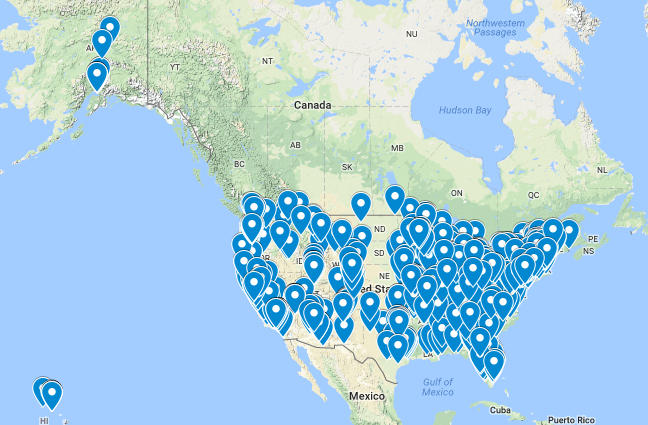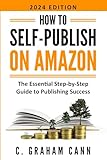Schools are Wired. Are You?
Students are heading back to schools and classrooms with greater computer use and online access. Use your Web site to draw them in.

So what does this mean for you?
If you've got a book, software or other product that is or can be used in K-12 schools, you need to get a Web site. Not just any Web site either. You need more than just descriptions of your products, more than online ordering, and more than just a few excerpts to entice teachers to stick around, or even bring their class for a visit.
Start with the teachers.
Bring the teachers that use your book, or are considering it, to your site by supplying lesson plans, classroom activities, links to related sites, a newsletter with new ideas and resources, and any other information or interactive element that would be suitable for your topic matter.
Add a guestbook and/or message board. You'll want some place for teachers, librarians, parents and anyone else to post their comments about the book. Bribe people, if you have to, to post the first comments. The impact that a page full of positive, unsolicited comments can have on a teacher considering your book for their class is significant.
Add stuff for kids.
This can be as simple as adding a guestbook and some kid-friendly links, but if you can, make this as interactive an experience as possible. Perhaps let kids add their own reviews of your book, or post their artwork to the site. Games, printable coloring books, crossword puzzles, word searches, and quizzes are all fun for kids, and will also be used by teachers if you make them available.
Definitely include a way to contact the author, if it is at all possible. Kids love to communicate, and getting a message from a 'famous author' can be the highlight of the school year. My business partner's 12 year old son, at my urging, emailed the author of one of his favorite books last summer. The author was kind enough to respond to him in detail, and that response became a very memorable event. He still talks about it a year later. By responding publicly on a message board or guestbook, an author can encourage more kids and teachers to write and participate in discussions.
Let the world know about it.
Once you've set up your site with all the information and interactivity for educators and kids, you'll need to announce it. Along with the usual search engines and directories, be sure to submit to kid-focused search engines and directories like Yahooligans, and Ask Jeeves for Kids.
According to Media Matrix, the top K-12 education Web site is FamilyEducation.com. If you have a site with parenting resources, learning activities, homework help or other education links, you can submit your site to be included in the featured links section by visiting their submission page.
There's no need to stop there. There literally are hundreds of newsletters for teachers, web sites for kids, homeschooling parents, librarians and more that you can add your link to.
by Wendy Woudstra
Read These Next
YouTube Marketing For Books
The power of the internet gives authority to anyone who wants to use it for innovative and efficient ways to market products or services. The best video marketing strategy is YouTube marketing.
Map of Publishing In the USA
Publishing has been, historically, an urban activity. Curious about whether the current growth of independent and small publishers is bucking that trend, I decided to import some data on US publishers into Google Maps. This is the result.
First Steps to the Finish Line
Judy Cullins offers advice to non-fiction writers who are hoping to write their first ebook quickly and effectively







 Self-Publishing for Dummies (For Dummies: Learning Made Easy)
Self-Publishing for Dummies (For Dummies: Learning Made Easy) Self Publishing To Amazon KDP In 2024 - A Beginners Guide To Selling E-books, Audiobooks & Paperbacks On Amazon, Audible & Beyond
Self Publishing To Amazon KDP In 2024 - A Beginners Guide To Selling E-books, Audiobooks & Paperbacks On Amazon, Audible & Beyond Write. Publish. Repeat. (The No-Luck-Required Guide to Self-Publishing Success)
Write. Publish. Repeat. (The No-Luck-Required Guide to Self-Publishing Success) Self-Publishing: The Secret Guide To Becoming A Best Seller (Self Publishing Disruption Book 2)
Self-Publishing: The Secret Guide To Becoming A Best Seller (Self Publishing Disruption Book 2) Self Publishing To Amazon KDP In 2023 - A Beginners Guide To Selling E-books, Audiobooks & Paperbacks On Amazon, Audible & Beyond
Self Publishing To Amazon KDP In 2023 - A Beginners Guide To Selling E-books, Audiobooks & Paperbacks On Amazon, Audible & Beyond How to Self-Publish Your Book: A Complete Guide to Writing, Editing, Marketing & Selling Your Own Book
How to Self-Publish Your Book: A Complete Guide to Writing, Editing, Marketing & Selling Your Own Book How to Self-Publish on Amazon: The Essential Step-by-Step Guide to Publishing Success
How to Self-Publish on Amazon: The Essential Step-by-Step Guide to Publishing Success Self-Publisher's Legal Handbook: Updated Guide to Protecting Your Rights and Wallet
Self-Publisher's Legal Handbook: Updated Guide to Protecting Your Rights and Wallet Self-Publishing Simplified: How to Publish a Book on Amazon KDP for Beginners
Self-Publishing Simplified: How to Publish a Book on Amazon KDP for Beginners AMAZON KINDLE DIRECT PUBLISHING COMPLETE GUIDE: Account Opening, Formatting, Cover Design, Publishing, Promotion/Marketing, Get US Payoneer Bank Account to Receive Your Royalties
AMAZON KINDLE DIRECT PUBLISHING COMPLETE GUIDE: Account Opening, Formatting, Cover Design, Publishing, Promotion/Marketing, Get US Payoneer Bank Account to Receive Your Royalties